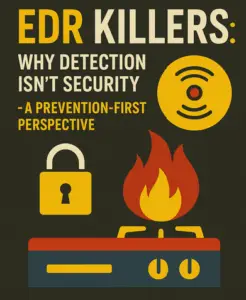 On average, it takes less than half a minute for an audience to gauge the worth of a presentation. You heard it right: if people aren’t interested enough, they stop listening before the end of an introduction. When it comes to presentations, first impressions matter. Here are a few ways to help make sure your audience will care about what you have to say.
On average, it takes less than half a minute for an audience to gauge the worth of a presentation. You heard it right: if people aren’t interested enough, they stop listening before the end of an introduction. When it comes to presentations, first impressions matter. Here are a few ways to help make sure your audience will care about what you have to say.
Don’t Introduce Yourself
Time is important, so get right to the point. When people introduce themselves, they oftentimes rattle on about things that don’t matter, such as how nervous they are or how happy they are to be there that day, or what an honor it is to present in front of such a lovely group of people. That’s part of your half a minute. If possible, get someone else to introduce you, because they’ll get half a minute and you’ll get half a minute too. Your intro should be a few hundred words or fewer so your audience gets a gist of who you are before you begin to speak, but they don’t know everything there is to know – that’s what your presentation is for.
Save Your Jokes
Your audience probably will not appreciate an initial joke as much as you might hope. Actually, this isn’t entirely true. Lots of audiences appreciate warm up jokes, but they appreciate a good sense of humor throughout a presentation even more. If your presentation is otherwise dull, a joke at the beginning isn’t going to do a whole lot to keep people engaged for the next half an hour while you talk. People are used to corny, silly jokes at the beginning of presentations and have come to expect them. If you actually have a good joke, it might be different. However, most of the time those jokes are making fun of the situation at hand, which just makes you look nervous (whether you are or not). Surprise your audience and incorporate your sense of humor into all of your presentation.
Hold Off On The Background Story
If you have a background story for your company that you think is important, you should definitely have that information available to your audience on their pamphlet. Otherwise, skip it. Unless your audience knows why your company’s history is important, they won’t treat it as important. You can always talk more about your company somewhere in the middle of the presentation, or you can always talk about it a little as you go. If something is relevant, don’t be afraid to mention it – but if it isn’t, just leave it out to make your presentation even tighter and more easily consumed.
A good presentation doesn’t have to be complicated, but it is a work of art in many ways. Skipping over some of the more traditional things included in presentations, such as lengthy introductions, corny jokes and a ton of background story will help you create a memorable presentation people want to listen to.




